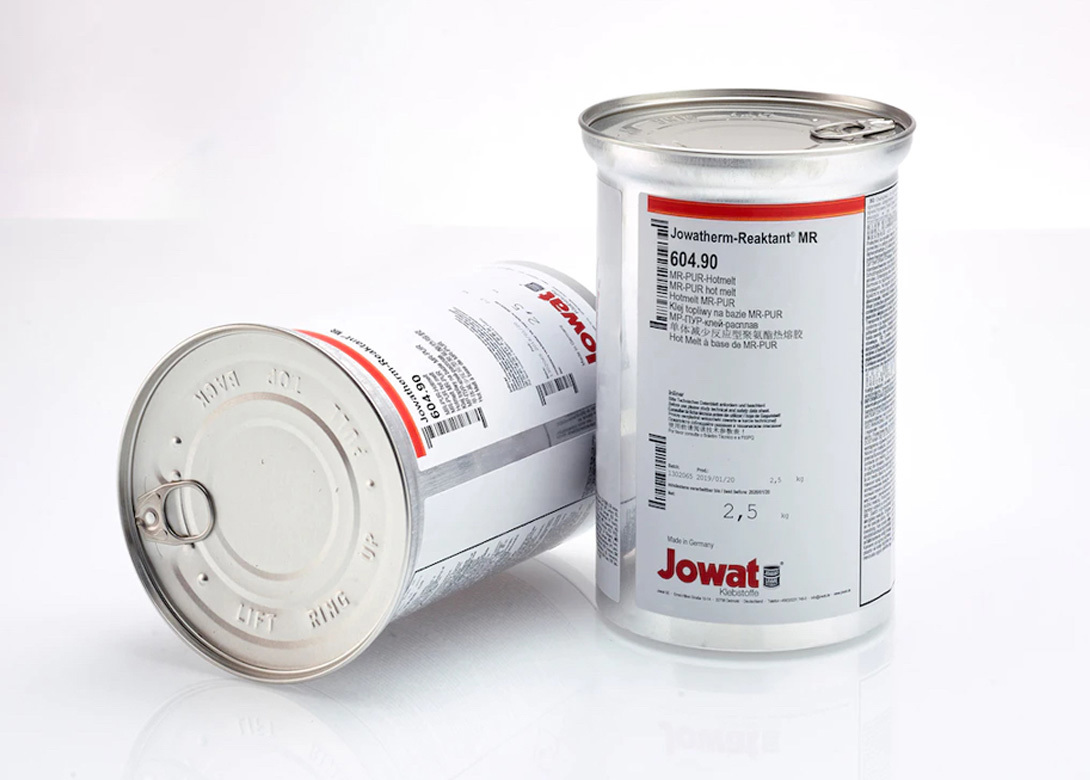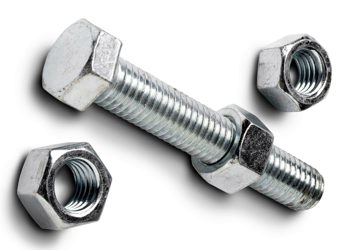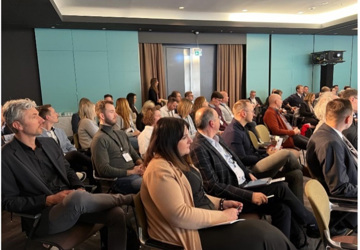

Jowat has developed its first PUR hot melt adhesive with hazard-free labelling, design as a bonding solutions for window profile wrapping, to help protect the health and safety of processors. Part of Jowat’s range of Green Adhesives, the product is characterised by high performance and has been approved for the manufacture of plastic window frames in accordance with RAL-GZ 716.
Hazards in PUR hot melt adhesives
Isocyanate is a main building block of polyurethane and a key ingredient in reactive PUR hot melt adhesives. These isocyanates are required for the crosslinking reaction and are largely responsible for the outstanding resistance to heat, moisture and other agents. However, melting and the chemical reaction in the adhesive can release gases which contain diisocyanate monomers and may under certain circumstances be toxic. Precautions are therefore necessary to protect workers, for example by using an exhaust and ventilation system or providing appropriate personal protective equipment.
Conventional PUR hot melt adhesives generally contain around 2% – 5% of residual monomers and must be labelled. However, under the currently applicable EU regulation and the subsequent amending regulation, adhesives are not subject to the hazard labelling requirement if the monomeric MDI concentration is less than 0.1%.
Sustainable adhesive solutions
Monomer-reduced, and therefore hazard-free, PUR hot melt adhesives have been an integral part of Jowat’s Green Adhesives portfolio of sustainable bonding solutions for a broad spectrum of applications in industry. The improvement in occupational safety is an important factor in decisions to change to these modern adhesives. In addition, monomer-reduced adhesives are often reported to be better than their conventional counterparts in terms of performance.
Training will become mandatory
Adhesives with hazard-free labelling will also facilitate considerable savings in the future. As of August 24, 2023, all employees, including those involved in transport, who handle adhesives containing diisocyanate will be required to have completed a special training. Ensuring and documenting that everyone has been trained costs time and money.
“Jowat has been providing monomer-reduced alternatives for over 20 years. Our customers can process these alternatives and avoid the additional training effort,” explains Maik Johanntoberens, product manager at Jowat SE. “We see it as our responsibility to accompany our customers with competent advice throughout the changeover process to ensure a successful outcome.”
Hazard-free production is possible
To combat the issue faced by adhesives bearing hazard labelling, Jowat has introduced its first PUR hot melt adhesive with hazard-free labelling for window profile wrapping in accordance with RAL-GZ 716, Jowatherm-Reaktant® MR 604.90.
“Reduced monomer content does not equal reduced performance. The difference is made by the raw materials, the formulation and the entire manufacturing process,” Maik explains. “Our hazard-free adhesive impresses with outstanding resistance to hydrolysis and a high initial strength, particularly when laminating profiles with complex geometries. Coupled with our certified NEP-free and VOC-reduced primer Jowat® 406.84, it facilitates the bonding of widely established decor foils based on PVC and PMMA.”
“Our high-performance products with hazard-free labelling provide future-oriented technical solutions for the bonding processes of our customers, under consideration of increasingly stringent economic and ecological requirements and with a vision of promoting healthy work environments. From profile wrapping to the lamination of building elements in general, our product portfolio provides a matching solution,” concludes Maik.

Becca is the latest member to join our team and is eager to get stuck into the world of fasteners. She brings an enthusiastic and fresh outlook on what we do editorially and will be leading our social media activity – including sourcing material, editing articles and posting online.





